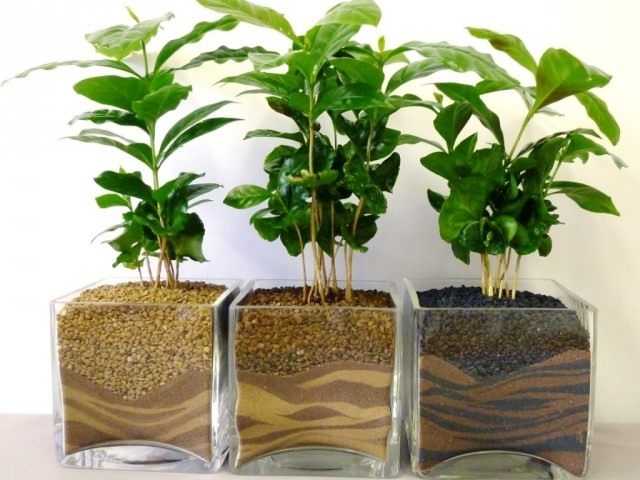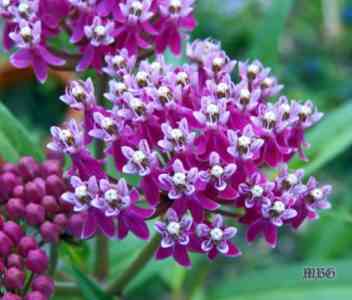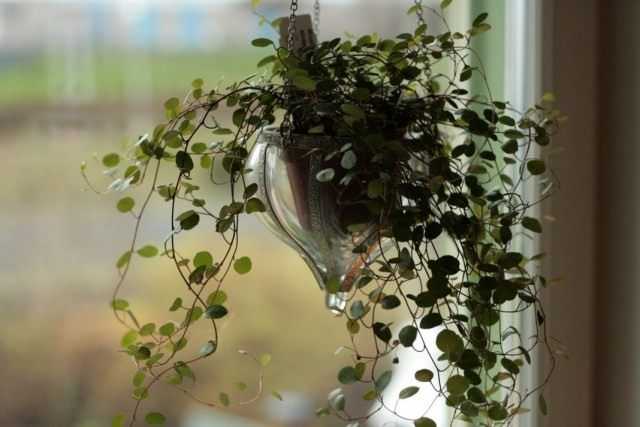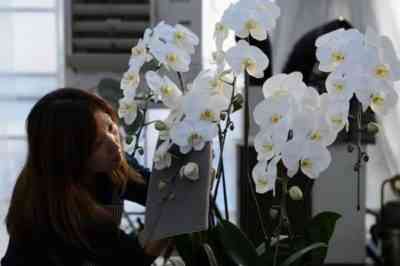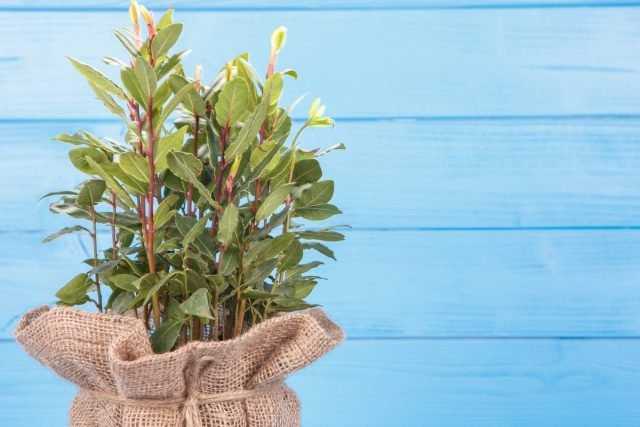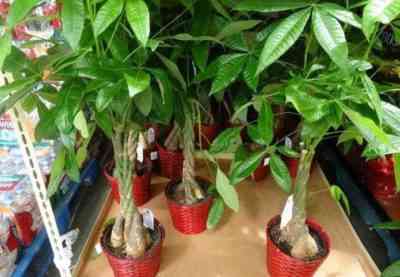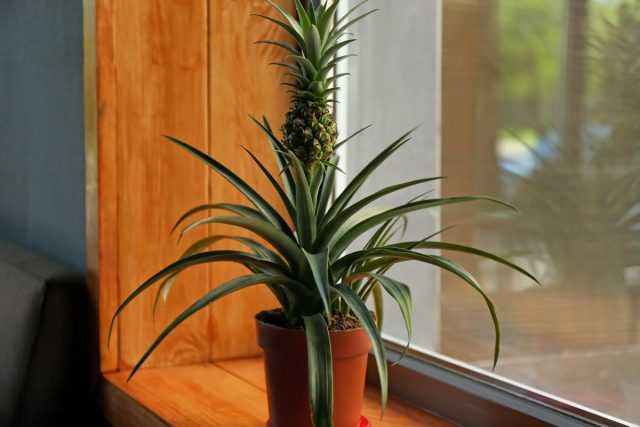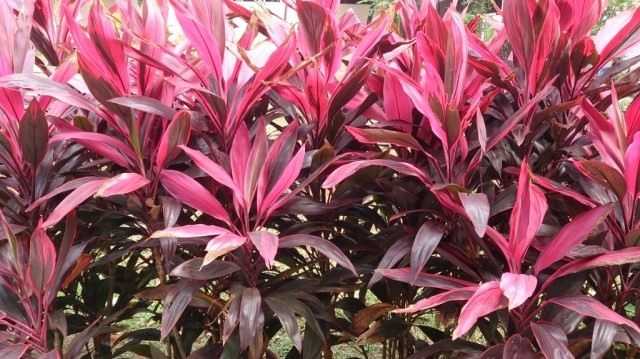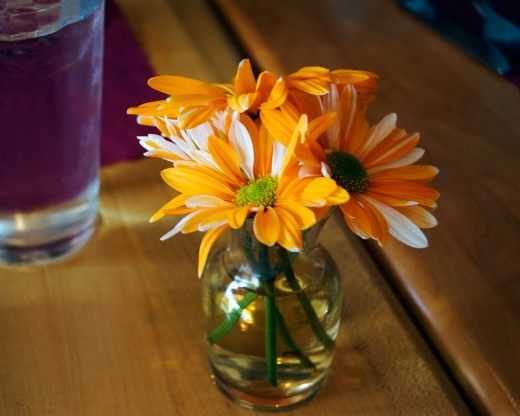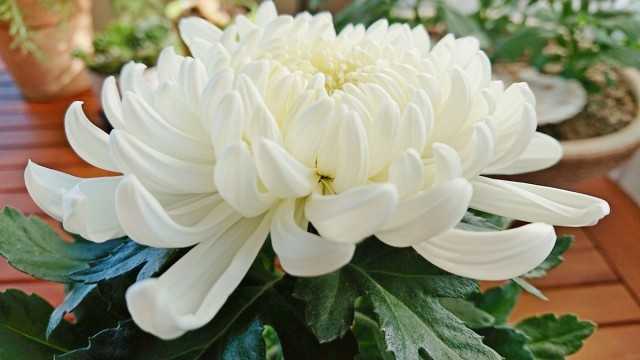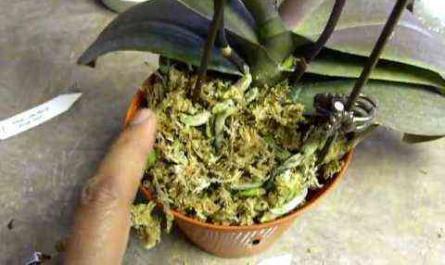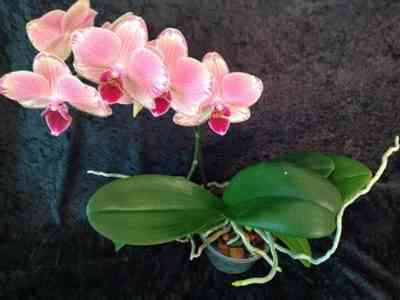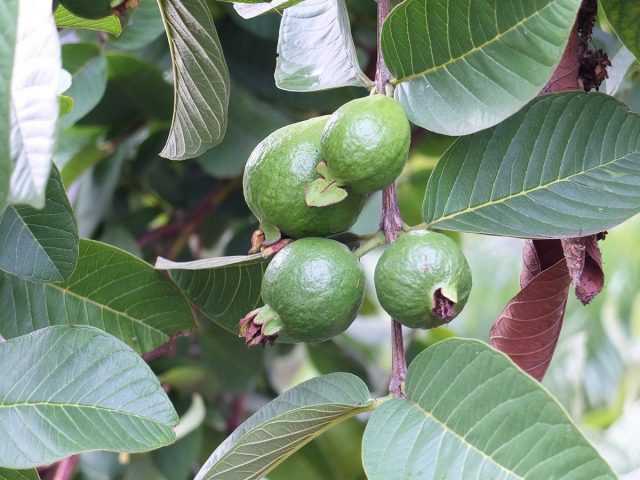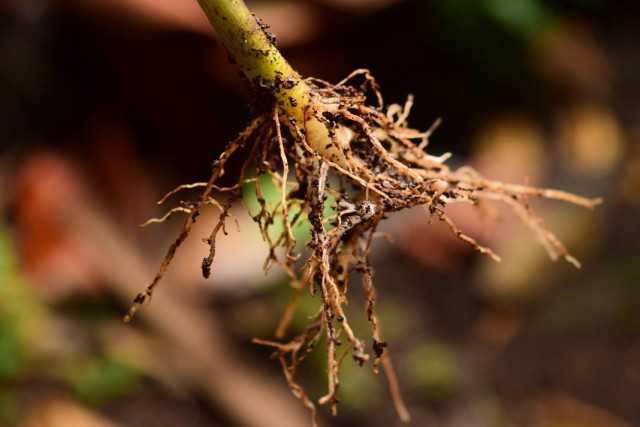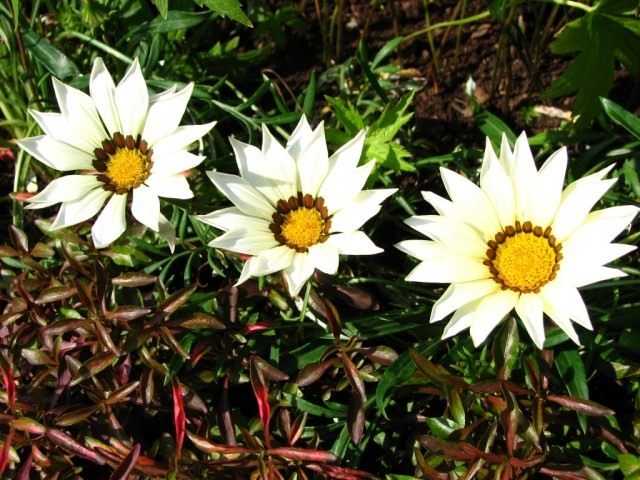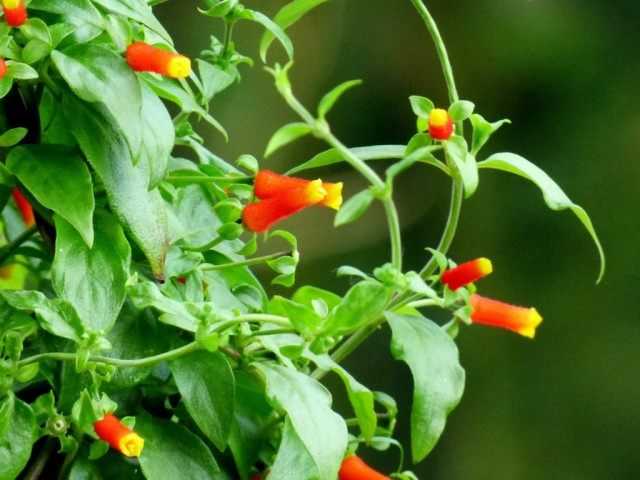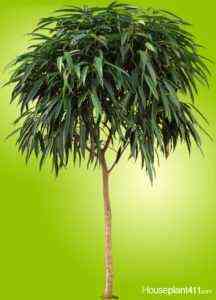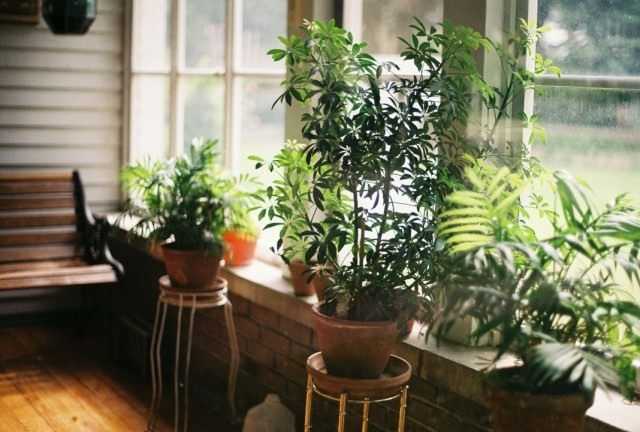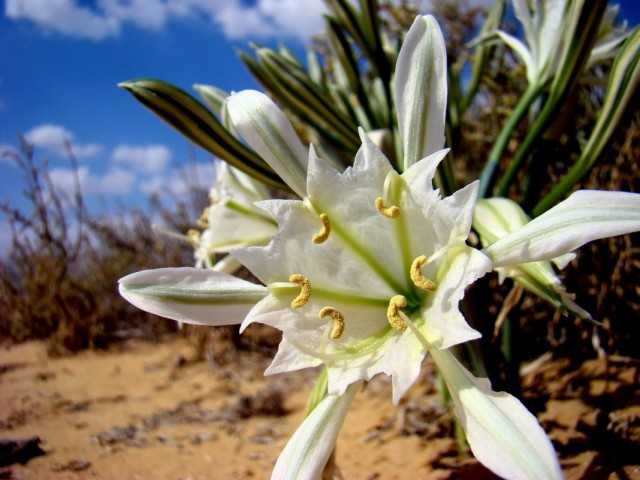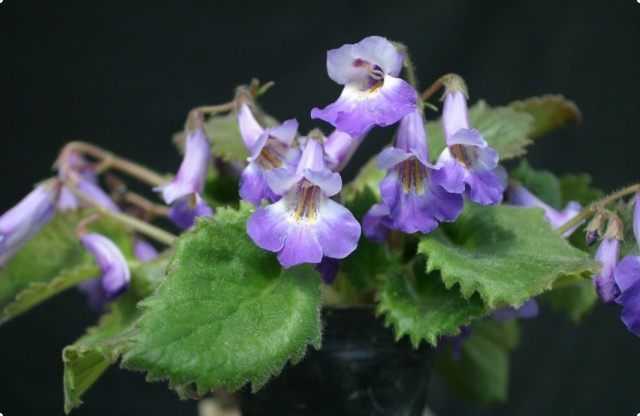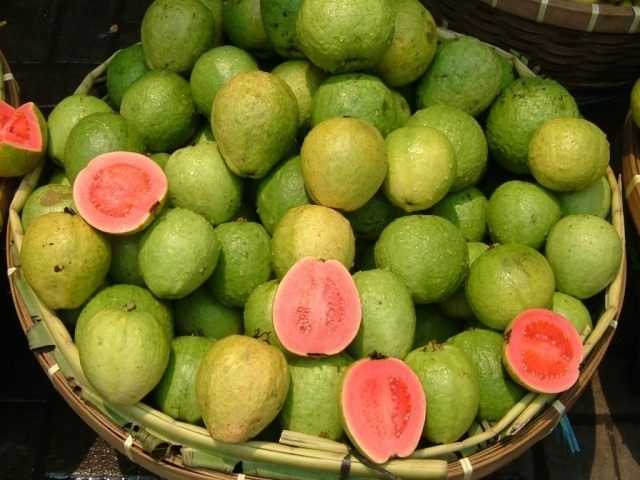The market for gardening chemicals is regularly updated with new products. Each new drug is accompanied by an advertisement for its miraculous properties and safety when used correctly. But in practice, security is often highly questionable. Therefore, more and more summer residents are turning to alternative methods of protecting plants from diseases and pests, for example, to long-familiar means that can be bought at any pharmacy. In this article, we will talk about how to use popular pharmaceutical preparations for the treatment and protection of plants from diseases and pests.
7 pharmacy remedies for diseases and plant pests
1. Hydrogen Peroxide
Hydrogen peroxide – colorless transparent liquid. It has a slightly acidic reaction, it dissolves well in water, alcohol, ether. It is a strong oxidizing agent, an absolutely environmentally friendly agent capable of destroying the protective surface layer of spores and pathogens.
This property is the basis for the use of hydrogen peroxide in garden plots as a fungicide, bactericidal and disinfectant, a stimulator of seed germination. In addition, it has been observed that hydrogen peroxide significantly improves the aeration properties of the soil.
Attention! Only freshly prepared hydrogen peroxide solution is used.
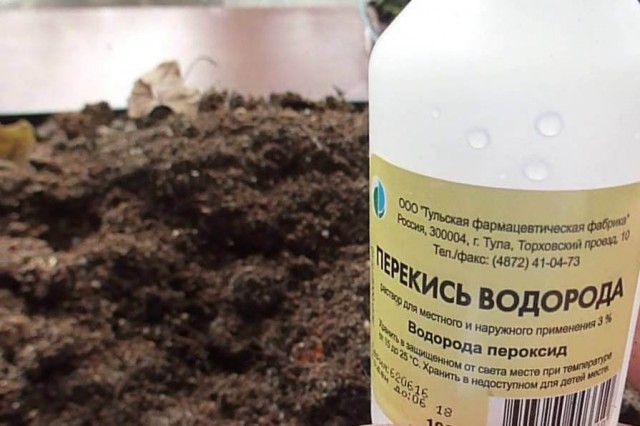
Prevention of plant pests and diseases
During the period of caring for seedlings of garden crops, the soil and seedlings are watered at the root and sprayed with a working solution of hydrogen peroxide, which is prepared from 25-30 ml of 3% peroxide and 1 liter of pure water.
Spraying and watering with peroxide solution of seedlings is carried out no more than 3–4 times. The tool cleans the soil from fungal and bacterial infections, promotes more intensive growth and development of seedlings.
Seedlings of garden crops, before planting in open ground or in a greenhouse, are placed with their roots in the same solution of hydrogen peroxide (from several hours to a day). The active oxygen of the solution kills bacteria, saturates the tissues of a young plant with oxygen, causing their rapid growth, prevents the appearance of root rot, and accelerates the rooting of cuttings. Some summer residents argue that the solution is more effective than the Epin growth stimulator.
Watering and spraying indoor plants is carried out 2-3 times a week with a less concentrated working solution of hydrogen peroxide prepared from 10-20 ml of 3% peroxide per 1-2 liters of water.
Peroxide from aphids, scale insects and scale insects
Once a week, plants are sprayed with a working solution:
- 50 g of sugar, 50 ml of 3% hydrogen peroxide and 1 liter of pure water;
- dilute 1 tbsp in 2 liter of water. tablespoons of hydrogen peroxide and 2 tbsp. tablespoons of alcohol.
Peroxide from late blight
Plants are sprayed with a working solution prepared at the rate of 1 tablespoon of the drug per 1 liter of water.
Peroxide against downy and powdery mildew, grape rot
During the growing season, for medicinal and prophylactic purposes on horticultural, green and garden crops, especially in case of autumn lesions of vineyards with fungal diseases, plants are treated with a working solution of hydrogen peroxide at the rate of 1:10 (for 1 part of peroxide 10 parts of water).
With a strong development of the disease, you can increase the concentration of the working solution to 1: 8, 1: 6. …
Peroxide against blackleg and root rot
For watering plants under the root, 1 ml of 20% hydrogen peroxide is added to 3 liter of water.
2. Ammonia
Ammonia, or aqueous ammonia – a diluted solution of ammonium hydroxide, in everyday life is called simply ammonia. Although not entirely correct, because ammonia is the technical name for another substance, ammonium chloride (odorless white powder).
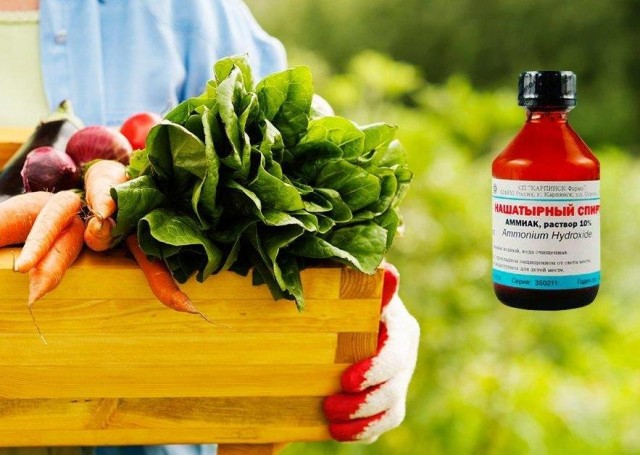
Ammonia is a colorless transparent liquid with a pungent odor that causes suffocation. In everyday life, ammonia is used as a medicine, and in the country and in the garden it can be used for root and foliar dressing with an acute nitrogen deficiency. For different cultures, the dose and method of application of ammonia differ.
When working with ammonia solutions, it is necessary to observe sanitary safety measures.
Ammonia – nitrogen fertilizer
To quickly saturate the cultures with nitrogen (with visible signs of nitrogen starvation), watering with a working solution is used, for the manufacture of which 1 tbsp is mixed. a spoonful of ammonia with 1 liter of water. Watering is carried out on wet soil in the aisles.
Ammonia for preventive root dressing of flower and vegetable crops is used in the first half of the growing season at the rate of 1-2 tbsp. tablespoons of the drug for 10 liters of water.
For spraying garden crops, prepare a mixture of 30-40 ml of the drug and 10 liters of water. In order not to burn the plants, spraying is carried out in cloudy weather or after 16 pm.
Ammonia – insecticide against insect pests
Ammonia is an excellent insecticide, solutions of which are successfully chased from the site of soil pests (bear, wireworm, beetle).
- Prepare a mixture of 10-15 ml of ammonia and 10 liters of water. When planting cabbage and nightshade seedlings, add 0,5 liters of working solution to the hole.
- As soon as the air temperature warms up to + 10 … + 12 ° C, the bed prepared for planting seedlings is spilled 3 times with a mixture of ammonia and water at the rate of 40 ml (2 tablespoons) of the drug per 10 liters of water. This solution is aggressive. The soil is fluffed after processing and the seedlings are planted in 2-3 weeks.
Ammonia from onion and carrot flies
One-time watering in the aisles with a solution of 5 ml of the drug and 10 liters of water.
Salmon from aphids, wasps, ants, spider mites, whiteflies
A single spraying of plants is carried out with a mixture of 25 ml of the preparation per 10 l of water. Liquid soap is added to the solution. If necessary, the treatment is repeated after 2 weeks (not earlier).
3. Furacillin
Furacilin – a well-known pharmaceutical agent used for tonsillitis and other diseases of the throat, it is also effective in protecting grapes from fungal infection. The drug is unique in that it can be used on bushes with ripening crops.

Working solution: dissolve 5 tablets of furacilin in 5 liters of water, add 50 g of soap or any other “adhesive” and carefully (literally every leaf, every bunch from all sides) spray the bushes. Spraying is carried out in the early morning or late evening several times with an interval of 7-10 days.
4. Iodine
Effective antiseptic for humans iodine destroys pathogenic fungal microflora on plants and at the same time performs the function of a microelement necessary for plants. To obtain the effect, a few DROPS per 10 liters of water are enough.
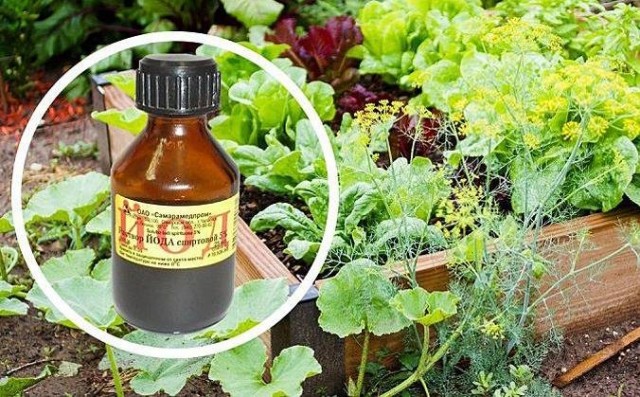
Iodine against rot
To protect strawberry / strawberry bushes from fungal pathogens, you need to spray the garden with an aqueous solution of iodine (5-10 drops per 10 liters of water) before flowering. Prophylactically, the procedure is repeated 2-3 times during the growing season of the culture (after 2-3 weeks).
Iodine against late blight
You can protect nightshades from the ubiquitous phytophthora by spraying with a mixture of 40 drops of iodine, 1 tbsp. tablespoons of hydrogen peroxide and 10 liters of water.
Iodine against powdery mildew, bacteriosis
These diseases on cucumbers are the scourge of many gardeners. To get rid of them, it is enough to add 10 liter of milk, 1 drops of iodine and 30 tbsp. To 2 liters of water. spoons of liquid “adhesive” (soap or gel).
Iodine to increase fruit size
Iodine has a positive effect on the size of nightshade fruits. It is enough to prepare a mixture of 3 drops of iodine dissolved in 10 liters of water and sprinkle the plants. During the growing season, you can repeat the procedure 2-3 times.
When planting seedlings, 1 liter of the same solution can be added to the hole.
5. Salicylic, not acetylsalicylic acid
Acetylsalicylic acid, or aspirin – a drug that is available in all overseas pharmacies. Aspirin comes in the form of a light crystalline powder or white tablets with a mild sweet and sour taste.
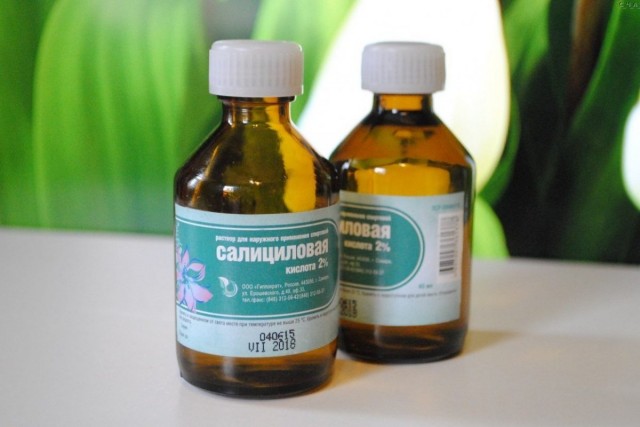
Some gardeners dissolve 3 tablets of aspirin in 12-15 liters of warm water, add “adhesive” (liquid soap) and spray the plants once a month to prevent disease. But the use of aspirin in tablets is ineffective for plants.
Aspirin contains salicylic acid, a component that has the ability to stimulate plant immunity to a number of diseases, including fungal diseases. Exactly salicylic acid needed by plants in the form of a water-soluble salt. therefore in the pharmacy, it is better to buy not aspirin tablets, but an alcohol solution of salicylic acid (available in 25 ml vials) and turn it into a water-soluble salt available to plants.
For this, 1 vials of salicylic acid (4 ml) are dissolved in 100 liter of warm water, a solution is obtained with a precipitate of needle crystals. Add to it 40 ml of ammonia. The crystals dissolve very quickly, forming the ammonium salicylate salt as a result of the reaction. It is dissolved in 10-12 liters of warm water and the desired working solution is obtained, with which literally all vegetable crops are processed.
To increase the effectiveness of the impact on plants, it is necessary to process them on wet soil (after watering and feeding). Crops should be sprayed once a month, early in the morning, so that the water droplets on the leaves can dry out until the high solstice. Ammonium salicylate acts on plants as a powerful hormone that causes accelerated growth and development of plants, the formation of a large harvest.
Treatment of plants with a solution of ammonium salicylate will protect crops from powdery mildew, fusarium, verticillosis, gray mold, blackleg and other fungal and bacterial diseases. Effectively, simultaneously with spraying, water the soil under the plants with this solution.
Be careful! Increasing the concentration of the solution and more frequent treatments will not give the desired result.
6. Trichopolus
Trichopol and its analogue metronidazole – medicines that suppress the development of various infectious diseases. Currently, these drugs are successfully used in garden plots to combat fungal diseases of vegetable and horticultural crops (late blight, cladosporium, gray rot, etc.).
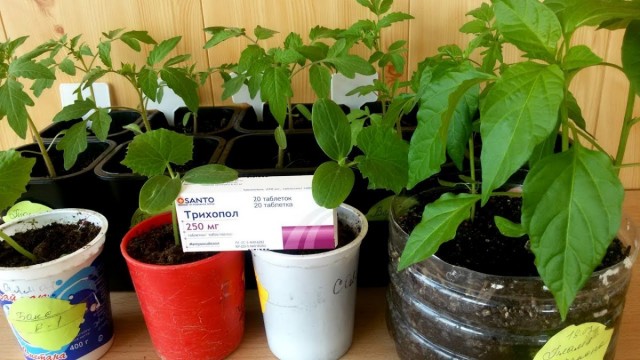
In damp weather, which contributes to the development of diseases, processing plants and watering the soil with solutions containing trichopolum begin in advance (before the onset of the disease), as a preventive measure.
During the growing season, preventive treatment of plants and watering of the soil is repeated once every 2-3 weeks.
Trichopolum against late blight
For prevention, prepare a solution of the drug at the rate of 1 tablet per 1 liter of water and spray the plants. For treatment – the dose of the drug is doubled. Prepare a solution of 15-20 tablets per 10 liters of water. Simultaneously with spraying, the soil under the plants is watered with the same solution.
If after treatment (even on the second day) it rains, the spraying procedure must be repeated.
Trichopolum against cladosporia, gray rot, slugs
10 tablets of metronidazole or trichopolum are dissolved in 15 liters of water and 10 ml of brilliant green is added. Zelenka in this mixture acts as a disinfectant in places of plant damage.
The prepared mixture is stirred well and the whole plant is thoroughly processed, including the stem and skeletal branches of garden crops. Vine bushes are sprayed with the same solution, finishing processing literally 2 weeks before harvesting.
7. Potassium permanganate
Potassium permanganate (in everyday life – potassium permanganate) – potassium salt of manganese acid. Potassium permanganate belongs to strong oxidants, which makes it possible to use it as a disinfecting antiseptic and antimicrobial agent against fungal (fusarium, brown rust, brown spot, etc.) and bacterial diseases (root and other rot).
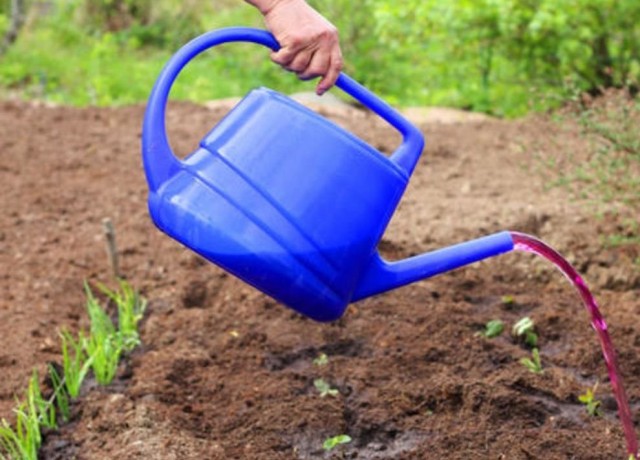
And although today potassium permanganate is easier to buy in shops for gardeners than in pharmacies, it has not ceased to be a traditional pharmaceutical product.
Potassium permanganate against powdery mildew and mucous bacteriosis
In case of damage by powdery mildew and mucous bacteriosis of cucumbers, zucchini, pumpkins, plants are sprayed every 3 days with a 3% solution of potassium permanganate until the disease is eliminated.
Read all the subtleties of preparing a solution of potassium permanganate in the article Potassium permanganate for plant health – reliable and irreplaceable.
For prevention purposes, other vegetable crops can be sprayed with a solution of the same concentration, increasing the interval between treatments to 10 days.
Fruit and berry bushes and grapes from powdery mildew are treated with a tank mixture: add 10 g of potassium permanganate to 3 liters of Bordeaux liquid, stir well, filter and thoroughly spray the whole plant.
Potassium permanganate against late blight and fruit rot
Most often, they affect tomatoes and eggplants. To prevent the disease, it is necessary to treat the plants with a 1-2% solution of potassium permanganate:
- during the period of growth of the aboveground mass of crops,
- before mass flowering,
- at the beginning of fruit growth.
To protect against gray rot of herbaceous berries (strawberries, strawberries, etc.), use the following solution of potassium permanganate: dissolve 10 tsp in 2 liters of water. without the top of potassium permanganate, mix well and spray the plantings after flowering.
